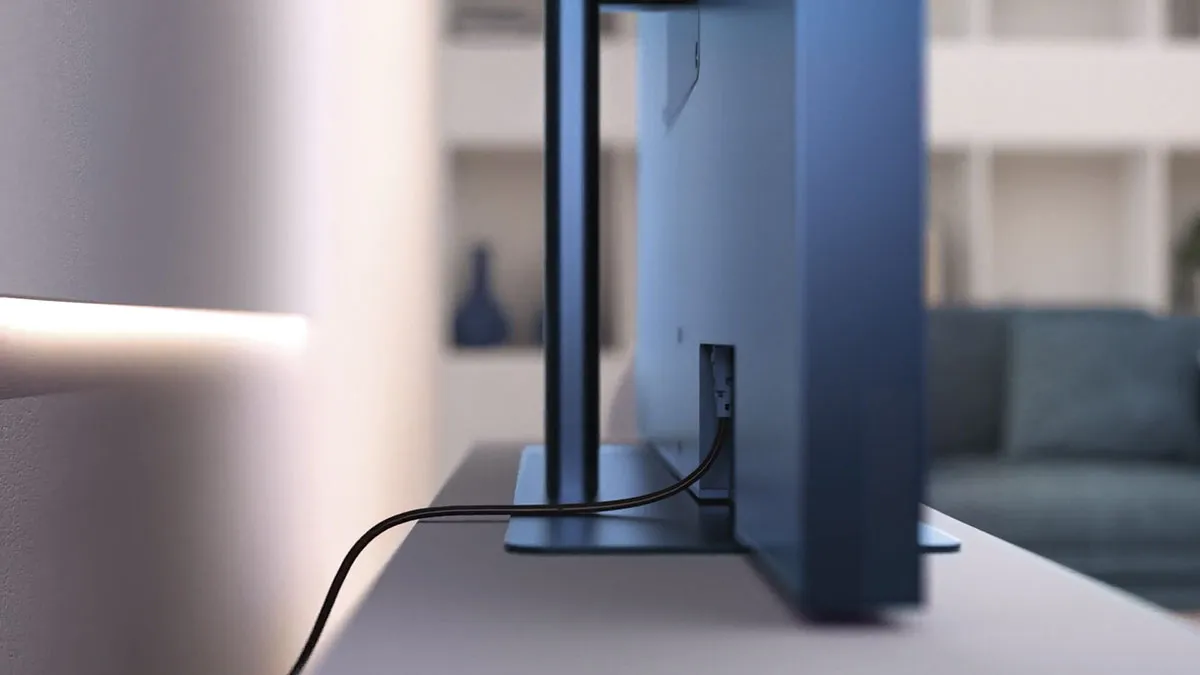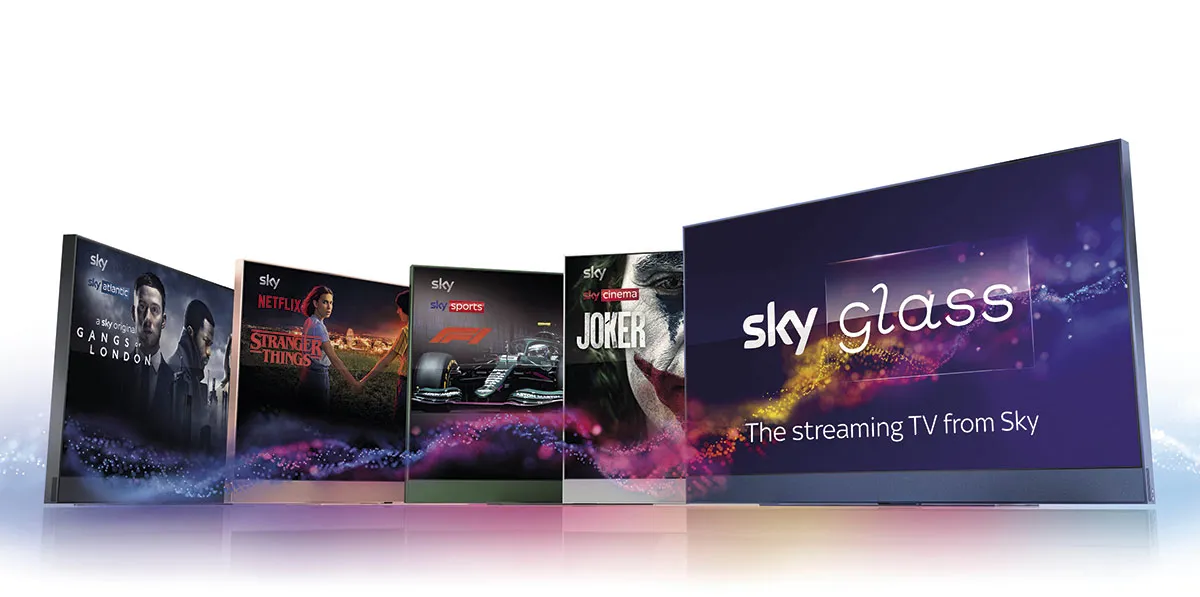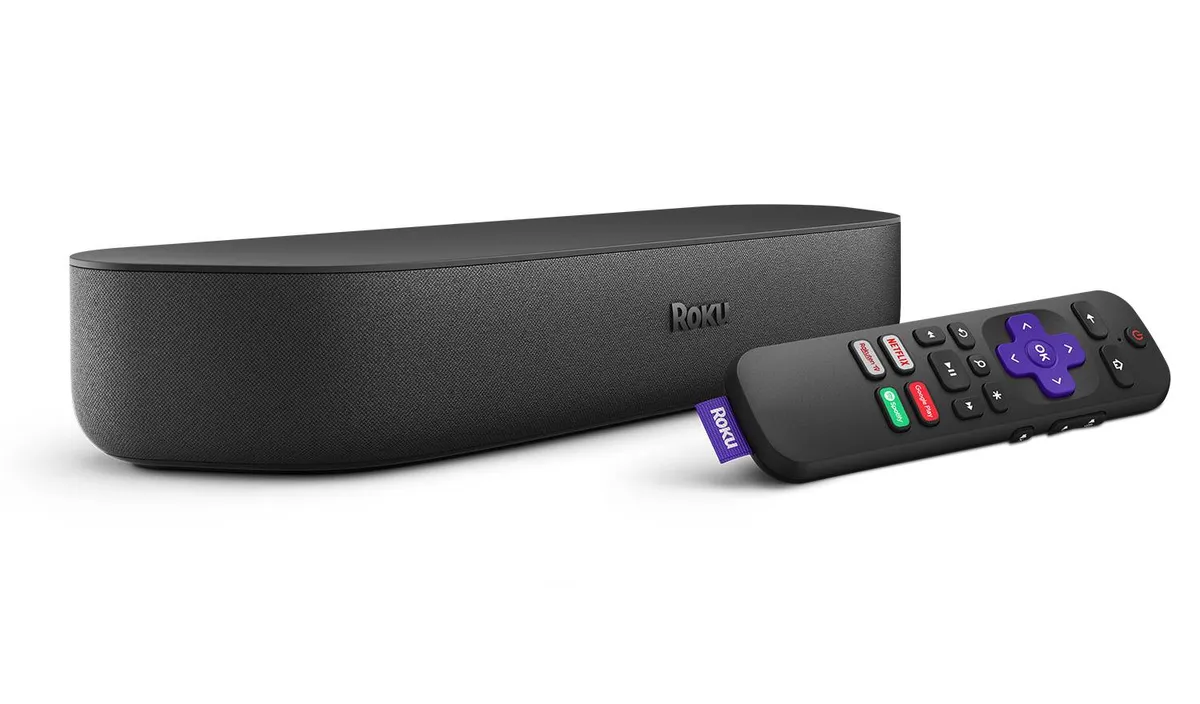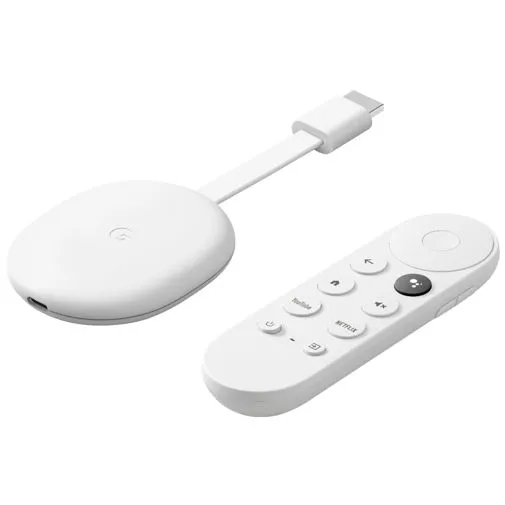Sky Glass is available fromsky.com
I’ve spent just over a month with Sky’s new TV system – and I’m a fan. There’s lots to like: a clean, fast UI, a wealth of streaming options and brilliant built-in surround sound system. Ultimately my enjoyment of it boils down to something very simple: the thing just works.
That might sound like damning with faint praise but the more times you buy, unpack and set up a new piece of tech in your home, the happier you are when you can plug it in, switch it on, and just enjoy it.
Not convinced? We’re also in the middle of testing a pair of gaming headphones right now. For that to play any sound I’ve had to install an app on the Xbox, borrow a Windows laptop to install a new driver and firmware update and explain to my significant other why I was swearing so much.
This experience, unfortunately, isn’t uncommon when it comes new tech, which is why I love it when things just work, and work well. Sky Glass comes with just one wire: a power plug. Introduce that to a power socket and your surround sound, streaming services, live channels are all ready to go. No one needs to come round and install a satellite dish, wire up your surround sound or find and install a bunch of apps. TV is simple again.
What is Sky Glass?
Effectively Sky Glass is a new type of TV and a new way to pay for your TV rolled into one.
Until now if you wanted Sky, there had to be a satellite on your building that you could wire into your living room and hook up to a set-top box, which then plugged into your TV. With Sky Glass you just need the TV. Broadcast channels (though not every single one of them) and streaming services are all delivered via your home’s broadband connection.

Sky Glass also has a Dolby Atmos surround sound system built in. There are effectively six speakers inside, including a subwoofer, that together will simulate sound coming at you from all angles. No additional soundbar or wiring needed.
You also pay for the TV differently too. This is more like a mobile phone contract where you pay monthly for the TV and Sky services. The cheapest package is £39 per month, £13 for the screen and £26 for Sky TV services with a Netflix subscription included. Of course, you can pay more for a larger screen and add on TV packages like BT Sport or Sky Cinema.
Buying and setting up your TV is simple. Someone can even come round to install it and get rid of the recycling, if you choose. Once it’s booted up the interface pulls together your favourite TV shows in one easy-to-navigate interface. So you can slump onto the sofa and choose something to watch in moments – you don’t have to go to Netflix’s app just to find out what episode of Friends you were on.
Features
This box is full of tricks. There’s the useful stuff, like voice search, which is infinitely quicker than having to type out “All Creatures Great…” on your remote. It almost never fails to understand the name of the show you’re searching for. The microphones built in to the TV can also be set to listen out for you to say “hello Sky” to turn the TV on. Or you can even set the TV to wake up when you walk past. Futuristic, but ultimately a bit creepy and annoying.

We love the playlist feature. Find a show you like and hit the plus button on the remote and it’ll be added to a catalogue of your favourite shows. The TV will then flag when a new episode is out on the home screen, regardless of whether it’s on a Sky Channel, Netflix or Prime. You can also visit your playlist later to find all the previous episodes of that show.
The Playlist arguably replaces the recording features that Sky Q customers will be used to. There’s no ability to record on Sky Glass, which is a shame. This means that your shows will stay on the playlist for as long as your streaming services own the rights to them: not necessarily Sky’s fault, but we hope recording TV doesn’t disappear for good.
The user interface, in general, is as good as it gets for a smart TV. You can flick through different movies and shows regardless of where they’re actually hosted. ( i.e. on Netflix or Amazon Prime), or jump into the streaming services themselves. Moving from menu to menu is rapid and the controls are responsive. Sky Glass sets the standard for how a smart TV should perform. Also, there’s a great recap feature for those of us that enjoy sport, which is a quick way to access the highlights. All in all, it’s a shining example of how a TV set can handle the ever-evolving landscape of streaming TV.
The TV will support HDR and Dolby Atmos content (better colour and surround sound respectively) but you actually have to pay an extra £5 to unlock them, which feels a bit cheeky.
You can also pay to get some Sky pucks which will share the Sky Glass software with other TVs around the house (though you can’t buy these separately).
Design
TV designers are usually obsessed with how thin they can make a TV, but Sky Glass has to be chunky to fit all its speakers in. It’s a thick, monolithic, industrial slab with an unfussy stand. Imposing, maybe, for some living rooms, but I like its boldness.
The stand’s footprint is relatively small, which means you don’t need a huge TV cabinet to sit it on and there’s a built-in system for mounting it to a wall.

Unlike most TVs, there’s a range of different colours – the white looks particularly smart and you can swap out the speaker mesh at the front. We’ve grown to really appreciate the menu design, and it certainly has eased finding an answer to that dreaded question: “so what shall we watch?”.
Picture and Audio Quality
I’ve been really impressed by the built-in surround sound system. Most TVs sacrifice sound for a thinner side profile. The assumption is you’ll just buy a soundbar, but we can see why some people just want to buy one device and move on.
The bass is full without shaking the floor, and the mid- and high-ranges are always clear, crisp and rarely in danger of being drowned out. Dialogue is thrown out into the room and can almost always be clearly heard, while action sequences can be big and brash without any of the rumbling distortion you get from a cheap TV that’s trying too hard. Of course, if you want the full, hi-fidelity, cinema experience at home you’ll probably want to invest in a bigger, more complex, surround sound system, but then you probably won’t be considering this TV in the first place.

The display quality meanwhile is somewhat disappointing. The TV looks great and we wish the picture did too. Unfortunately, on Sky Glass, something like /Book of Boba Fett/ looked a little washed out at times, lacking the colour accuracy and vibrancy of more expensive TVs. The display is a QLED which requires a backlight, which might be robbing the picture of contrast compared to something like a more expensive OLED. In short, the picture is good enough, but nothing impressive.
The TV’s gaming performance is similarly lacklustre. The TV has a 60hz refresh rate and is missing features that optimise for fast-paced, graphically taxing video games. That said this won’t matter to all but the fussiest of gamers, so we wouldn’t let this put you off if you’re just playing the occasional game of FIFA.
Verdict
I like what Sky is trying to do here. To me, it seems like Sky Glass is trying remedy many of the frustrations and niggles that the evolving world of TV has accumulated over the last five years.
Sky has built a TV that’s simple to set up with menus that put TV shows and movies first, not the app they came from. This makes figuring out what you actually want to watch – in an ocean of choice –much easier.
Ultimately, Sky Glass is the kind of TV you buy if you don’t want to have to think about what TV you want to buy. If you want the very best in sound and picture quality you may want to look elsewhere, but for most of us Sky Glass is more than good enough.
Is it the future of TV? In a sense, yes. Sky Glass is a shining example of how you can design an interface that pulls together apps, streaming services and broadcast channels without the menus becoming one big, slow, confusing mess, and we hope others follow its lead.
- Buy the Sky Glass from sky.com
Alternatives
Roku Streambar

Because of how unique the Sky Glass actually is, there isn’t anything that can completely replace the TV, service and sound bar all in one go. However, the closest alternative is going to be the Roku Streambar.
With this product, you get both a soundbar and Roku’s 4K HDR streaming platform. Like the Sky Glass, you get voice control (both Alexa and Google Assistant), and access to a wide range of streaming platforms like BBC iPlayer, All4, Netflix, YouTube, Apple TV+ and most other channels you’d expect.
At £129.99, it’s a lot cheaper than the Sky Glass but it does lack a lot of the features that make Sky's product unique, especially with the lack of an actual TV.
SQUIRREL_TEXT_13098389
Chromecast with Google TV

Another close competitor, Google’s Chromecast offers a fantastic alternative for streaming… without the soundbar or TV. While it can’t match Sky on the overall package, it does come it at a far lower price of £59.99.
You can stream content in 4K HDR (if your TV allows it), use voice control to quickly find a show or get recommendations, offers all of your favourite shows easily in one place, and gives you access to a host of services like YouTube, Netflix, Amazon Prime Video and more.
You also get access to music streaming platforms, your Google Photos library and a kids streaming section, dedicated to the shows your kids like. If you like the streaming aspect of Sky Glass but already have a TV and soundbar, this feels like the closest alternative.
SQUIRREL_TEXT_13067466
Amazon Fire TV Cube

The Amazon Fire TV Cube offers a different kind of package to both Sky Glass and the Roku or Chromecast sticks. The Fire TV Cube is… usurpingly, a cube. It offers both Amazon’s full Fire TV streaming service, and the power of an Alexa speaker.
That means you can command your TV without pressing a button on your remote, but also ask it about the weather, to control your home gadgets, or essentially anything you can do with a smart speaker.
You also get an Alexa TV remote and all of the 4K HDR streaming that you would normally get. It’s slightly pricier than Google’s Chromecast service but the addition of more intelligent voice control could make it the better option for you.
SQUIRREL_TEXT_13098402
Read more gadget reviews:
